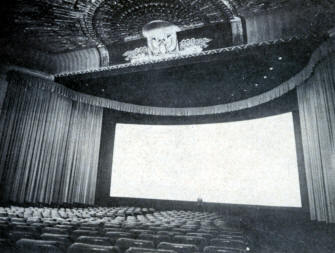OLEDs on average seem to be about 1-1.5 f/stops less peaky than the brightest LCDs on general. One f-stop difference is like having a room with one light on and then turning another one on. (1 f/stop is half or double) With some massaging and having the room completely dark your eyes can compensate that difference.
Specular highlights (shiny reflections for example) tend to be a small area of the image.
The full 100% window is the worst case scenario, in which the OLED limits the output because that's when all the OLEDs would be full on at the same time. Even in that case 600:100 is about 2.5 f-stops. This would be a completely white image like a fade to white. If Neo and Morpheous occupied 1/4 of the screen dressed in black is more like a 75% window and if you're watching it in its Scope OAR it's more like a 50% window. I actually run the OLED a little darker than the EOTF to gain a little specular highlight breathing room and I watch movies in the dark, as
God and Mann intended. And with modern tonemapping or the Optimizer/DV schemes and better monitors this is a lesser issue.
I think most OLEDs might have a measuring device to compensate the normal "wear" of using the OLEDs, at least mine (old LG) goes through the "cycle" after 4hours+ of use when you turn it off. (It has a red LED inside that you can see from the grille holes that stays on for a while after you turn the TV off after you've used it the 4 hours and then goes out.) So far no letterbox bars or pillarbox bars.
All I can say is 4K OLED looks better than IMAX.*
*except for size. Kudos for sitting at 2' for the 49". I too sit at the same equivalent movie field of view distance when watching Scope movies from my OLED size. Makes me feel I'm almost here:






















 Linear Mode
Linear Mode

